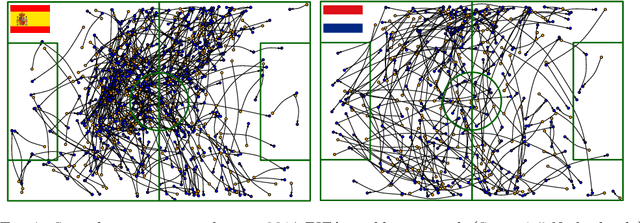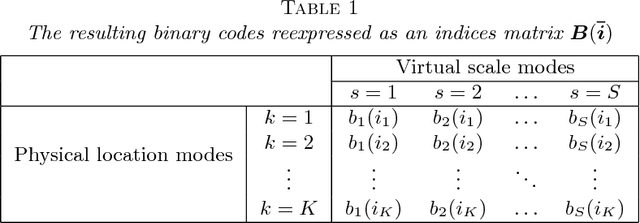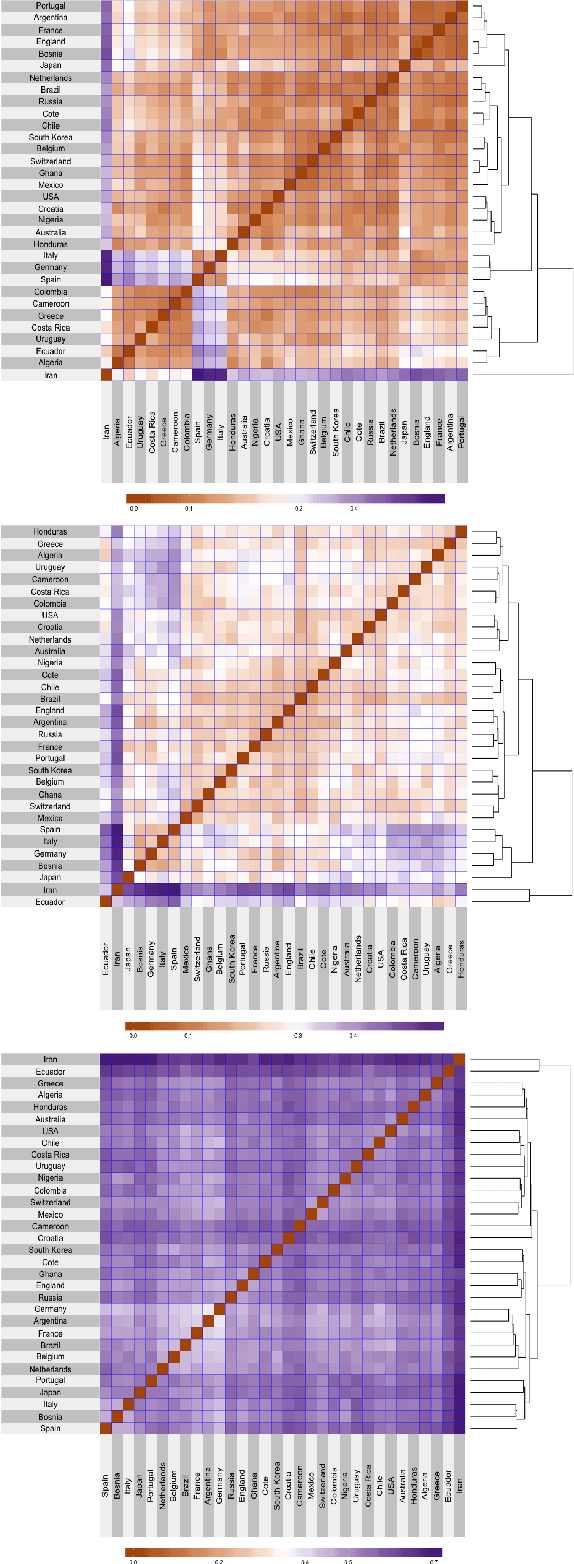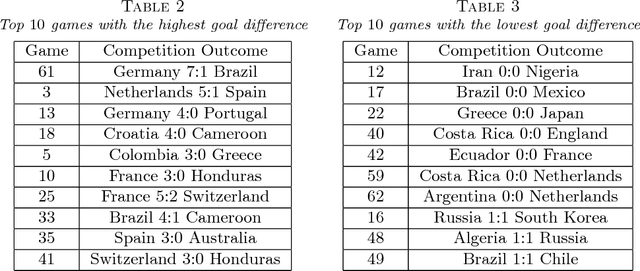Multiresolution Tensor Decomposition for Multiple Spatial Passing Networks
Paper and Code
Mar 03, 2018



This article is motivated by soccer positional passing networks collected across multiple games. We refer to these data as replicated spatial passing networks---to accurately model such data it is necessary to take into account the spatial positions of the passer and receiver for each passing event. This spatial registration and replicates that occur across games represent key differences with usual social network data. As a key step before investigating how the passing dynamics influence team performance, we focus on developing methods for summarizing different team's passing strategies. Our proposed approach relies on a novel multiresolution data representation framework and Poisson nonnegative block term decomposition model, which automatically produces coarse-to-fine low-rank network motifs. The proposed methods are applied to detailed passing record data collected from the 2014 FIFA World Cup.
 Add to Chrome
Add to Chrome Add to Firefox
Add to Firefox Add to Edge
Add to Edge